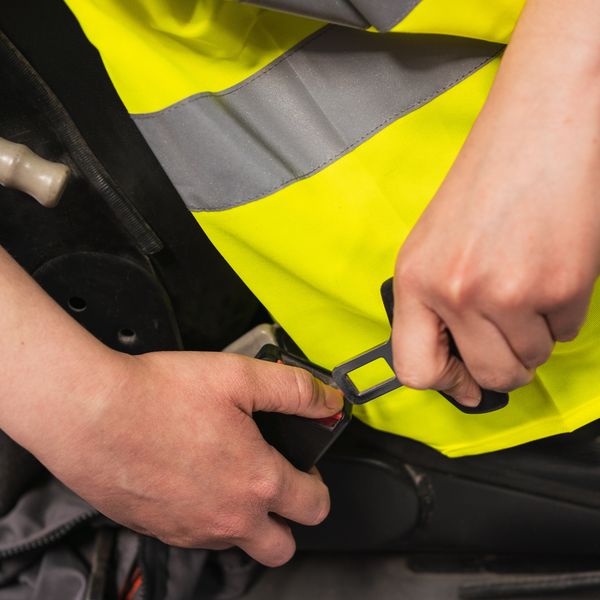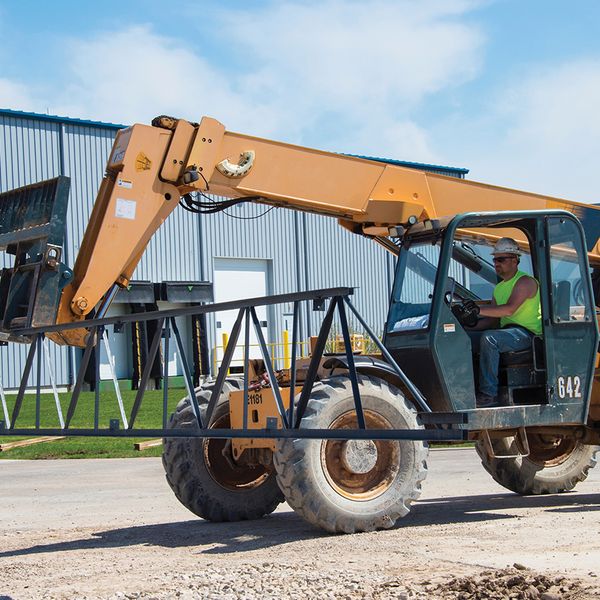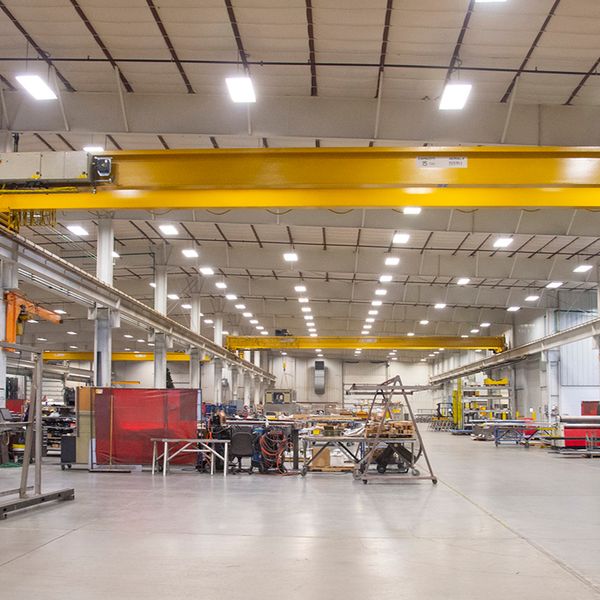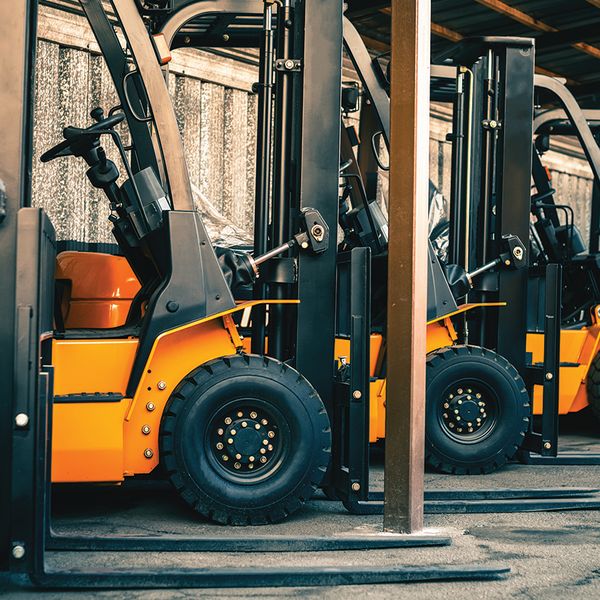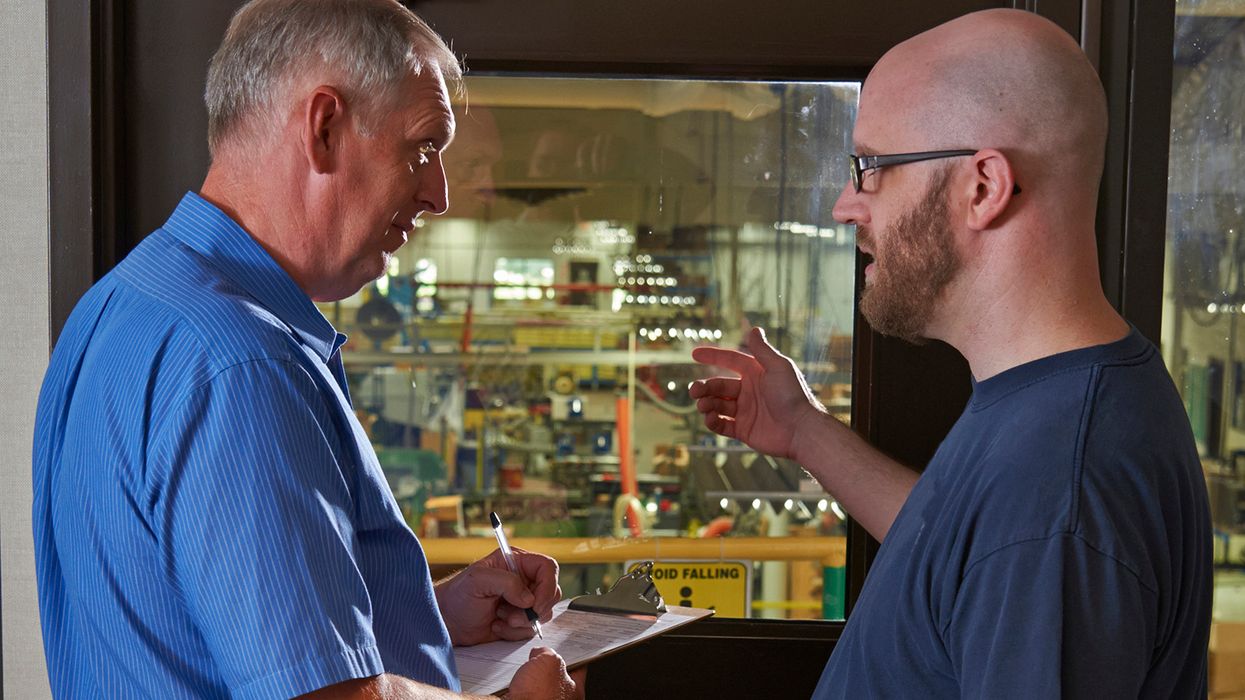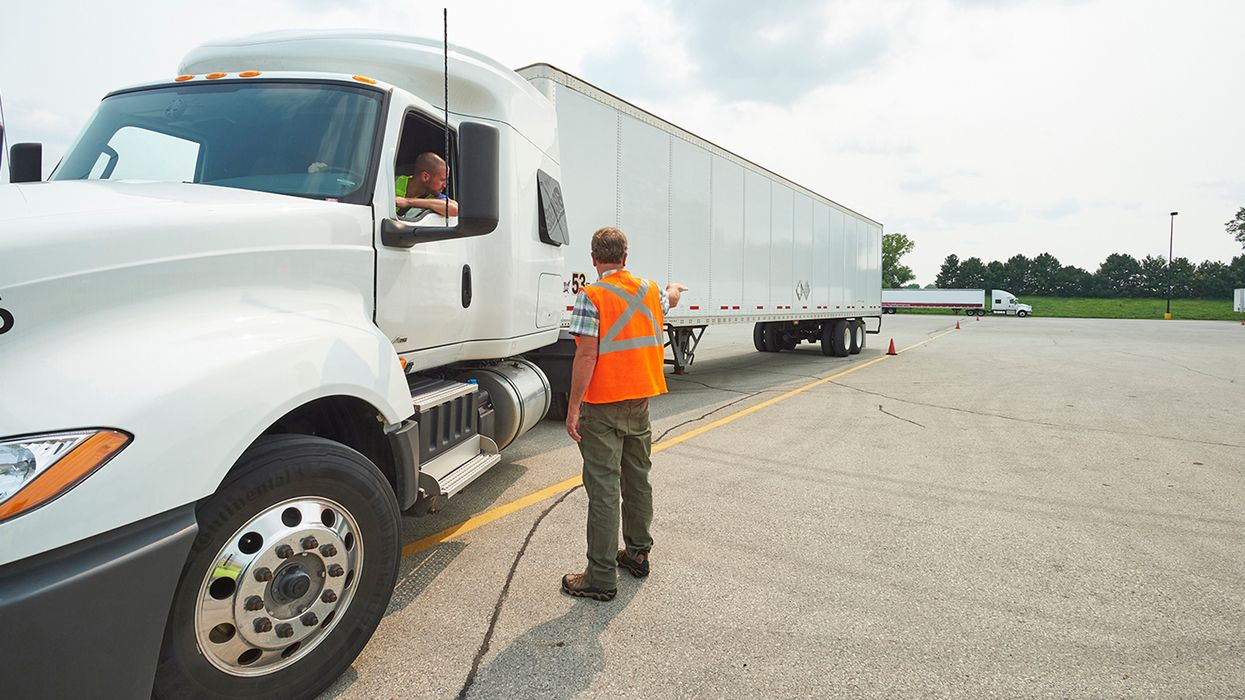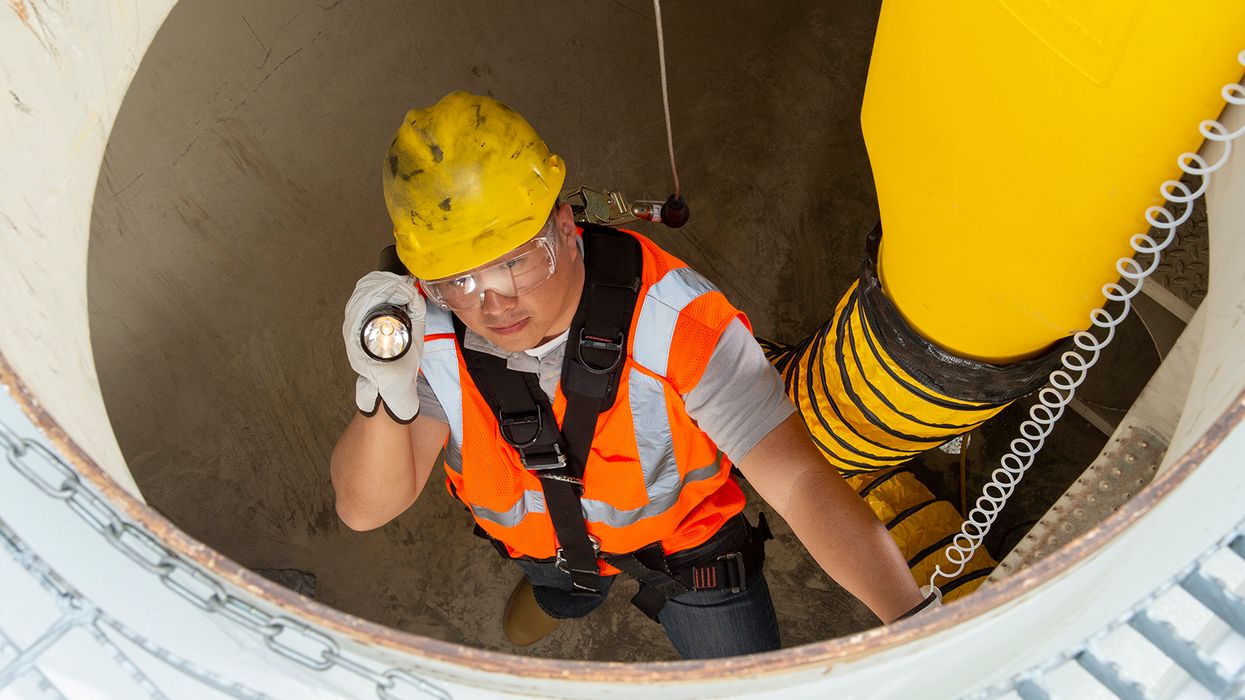OSHA clarifies whether a forklift with a boom is a crane
In an LOI concerning forklifts used in construction, dated June 21, 2012, OSHA addressed whether or not a forklift operator — not a crane operator — can use a designated forklift boom with a hook as long as it meets the load requirements. According to OSHA, the answer depends on the forklift’s original design, the boom attachment design, and how the forklift and boom are operated together to move the load. OSHA said that equipment designed to function as both a crane and a forklift would be considered multi-purpose equipment covered by the crane standards when configured and used as a crane.
However, in the case of the LOI above, the company submitted a picture of and information about a typical vertical mast forklift with a variable-length boom attachment that uses slings or a rope to hoist and move a suspended load. The type of forklift described was designed by the manufacturer to lift palletized loads or those that can be safely handled and supported by the equipment’s forks. OSHA said that the described configuration of a forklift, unlike a crane or derrick, can only provide powered horizontal and vertical movement of the suspended load by both driving the forklift horizontally in addition to moving its mast and forks. Although the described boom attachment extends the forks’ reach, it was not designed to provide the load’s powered horizontal and vertical movement.
OSHA concluded that, in this case, the forklift configured with the described boom attachment was not covered by the crane standard.




